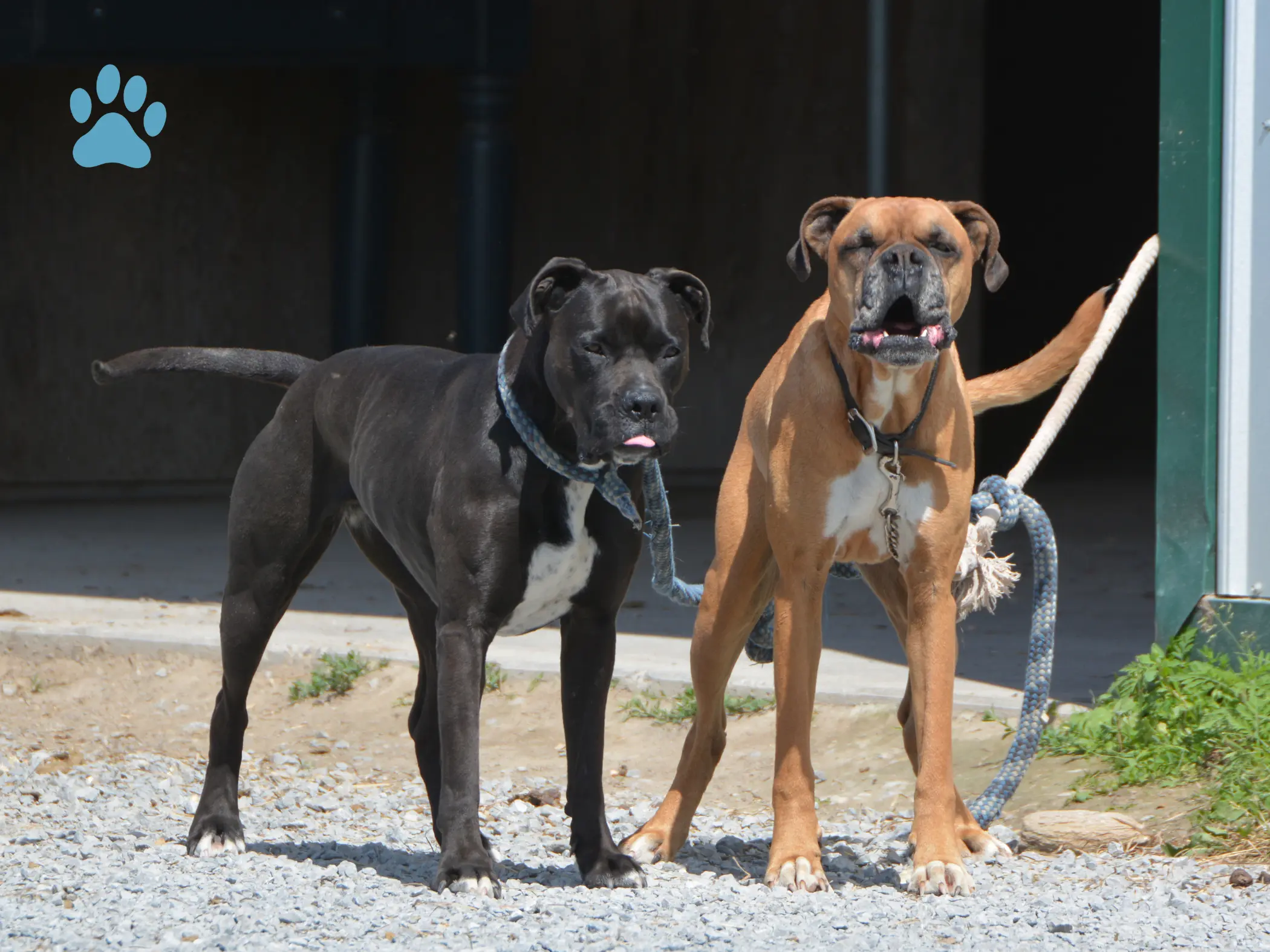You’ve seen them in headlines, viral videos, and maybe even on your neighbor’s leash—but how much do you really know about pitbulls? Are they the misunderstood gentle giants their advocates claim, or the unpredictable aggressors portrayed in media? Let’s cut through the noise. In this guide, we’ll explore 13 types of pitbulls, from the compact Staffordshire Bull Terrier to the towering American Bully, revealing their true personalities, needs, and why they’ve become one of America’s most polarizing yet beloved breeds.
The Pitbull Paradox: Why Breed Labels Matter?
Pitbulls aren’t a single breed but a category often misunderstood. While Pit bull shelter intake and euthanasia statistics reveal they’re the most overrepresented dogs in shelters, their reputation remains tangled in myths. Did you know that according to Pit bull temperament test results and historical facts, these dogs once served as wartime mascots and family babysitters?
The key lies in understanding their diversity. Below, we’ll decode 13 distinct types, their quirks, and how to thrive as their human.
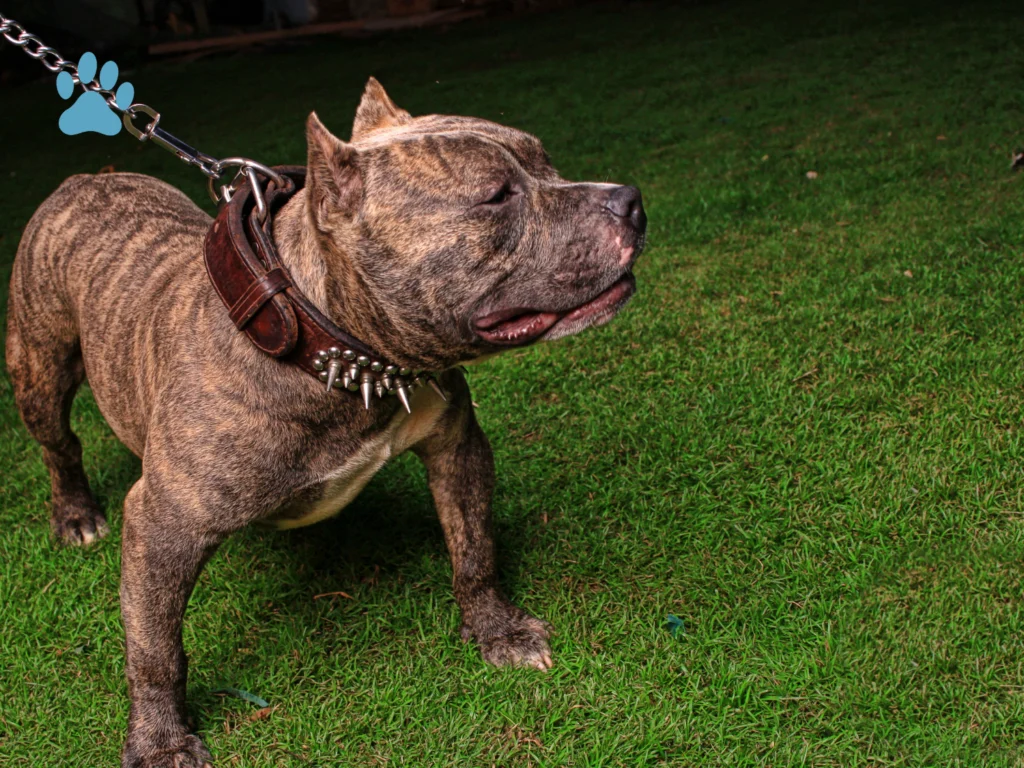
1. American Pit Bull Terrier: The Original Athlete
- Traits: Lean, agile, and bursting with energy.
- Ownership Tip: Channel their drive with agility training or scent work.
- Health Note: Prone to hip dysplasia; prioritize joint supplements.
- Training Focus: Use high-reward games like flirt poles to satisfy prey drive.
Storytime: Meet Max, a rescued American Pit Bull Terrier who now competes in dock diving. His owner credits structured exercise for transforming his anxiety into focus.
2. Staffordshire Bull Terrier: The “Nanny Dog”
- Traits: Muscular build, heart-melting smile, fiercely loyal to kids.
- Ownership Tip: Early socialization prevents territorial behavior.
- Training Focus: Clicker training works wonders for their eager-to-please nature.
- Did You Know? This breed consistently scores high in Understanding pit bull aggression and temperament studies when raised responsibly.
3. American Bully: The Gentle Giant
- Traits: Broad-chested, calm demeanor, loves couch snuggles.
- Ownership Tip: Monitor weight—their stocky frame risks obesity.
- Training Hack: Use positive reinforcement; they shut down under harsh methods.
- Success Story: A therapy American Bully named Tank comforts hospice patients weekly.
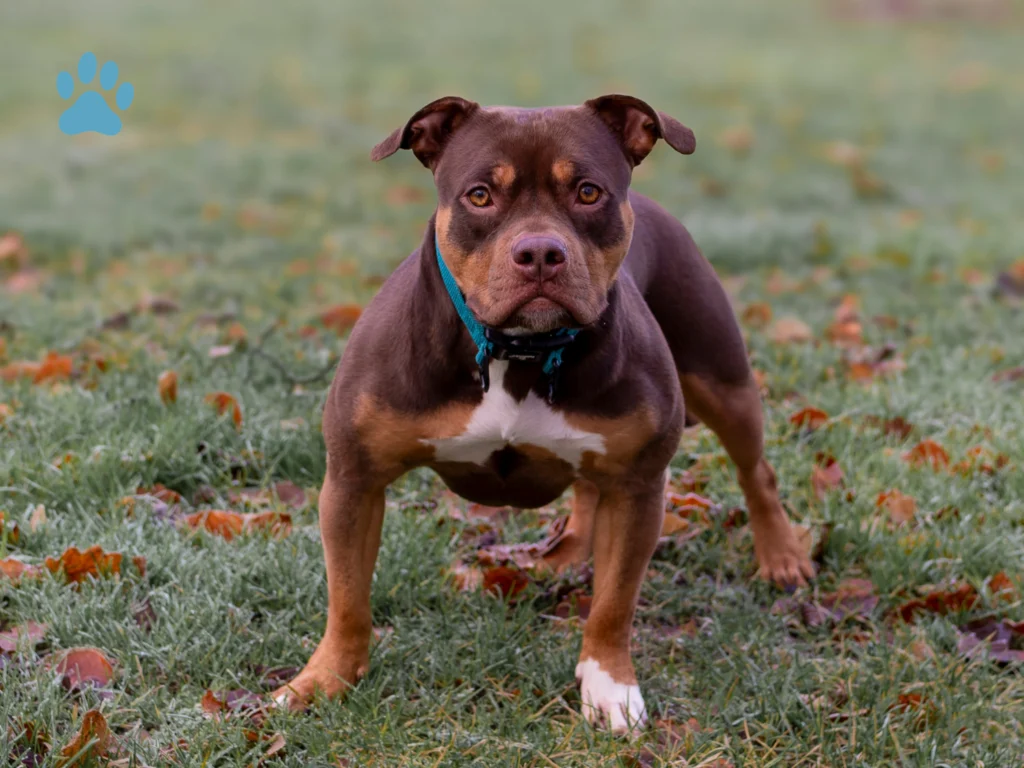
4. American Staffordshire Terrier: The Show Stopper
- Traits: Confident, people-oriented, thrives on obedience challenges.
- Ownership Tip: They’re escape artists—invest in a secure yard.
- Legal Heads-Up: Check local breed-specific legislation impact before adopting.
- Training Focus: Rally obedience keeps their sharp minds engaged.
5. Blue Nose Pitbull: The Silver Stunner
- Traits: Steel-gray coat, sensitive soul, prone to skin allergies.
- Ownership Tip: Use hypoallergenic shampoos and omega-rich diets.
- Myth Buster: Their nose color doesn’t affect temperament—it’s just genetics!
- Health Deep Dive: Regular vet checks for demodectic mange, common in blue-nosed lines.
6. Red Nose Pitbull: The Irish Heritage
- Traits: Copper coat, amber eyes, legendary endurance.
- Ownership Tip: Mental stimulation > sheer exercise. Try puzzle feeders.
- Historical Tidbit: Descended from Irish fighting dogs, now therapy animals.
- Training Hack: Nose work channels their historical scent-tracking instincts.
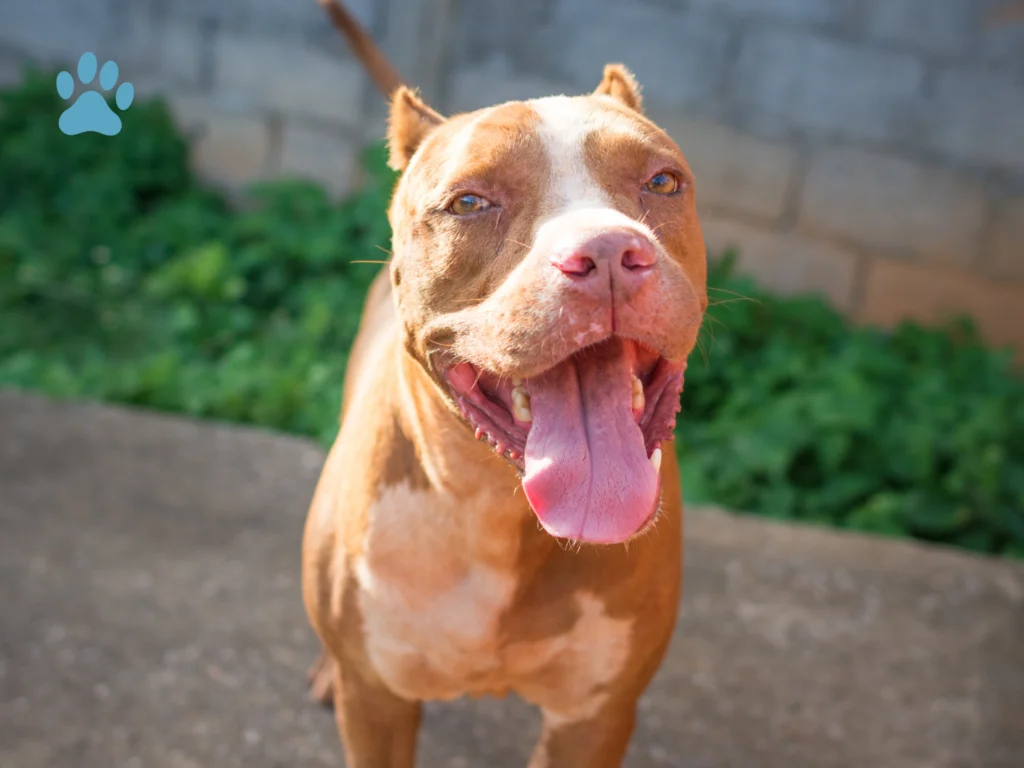
7. Colby Pitbull: The Living Legend
- Traits: Lean, game-bred lineage, unmatched loyalty.
- Ownership Tip: Not for novices—requires experienced handling.
- Training Insight: Channel their intensity into structured tasks like weight pull.
- Historical Note: The Colby bloodline dates back to 1889, making it one of the oldest.
8. Gotti Pitbull: The Compact Powerhouse
- Traits: Blocky head, low-slung body, affectionate clown.
- Ownership Tip: Watch for breathing issues in hot weather.
- Success Story: A Gotti named Zeus became a certified reading therapy dog for dyslexic children.
- Health Check: Brachycephalic risks mean avoid strenuous exercise in humidity.
9. Chamuco: The Mexican Street Guardian
- Traits: Rare, sleek, fiercely protective of home.
- Ownership Tip: Secure fencing is non-negotiable.
- Cultural Note: Revered in Mexico City but vanishing due to crossbreeding.
- Training Focus: Guarding instincts need redirection—try “place” command training.
10. Cobra Pitbull: The Designer Debate
- Traits: Bred for exotic looks (often merle), controversial.
- Ownership Tip: Avoid backyard breeders—prioritize health testing.
- Ethical Alert: Merle coloring often links to irresponsible breeding practices.
- Legal Note: Some states ban merle pitbulls under “designer breed” restrictions.
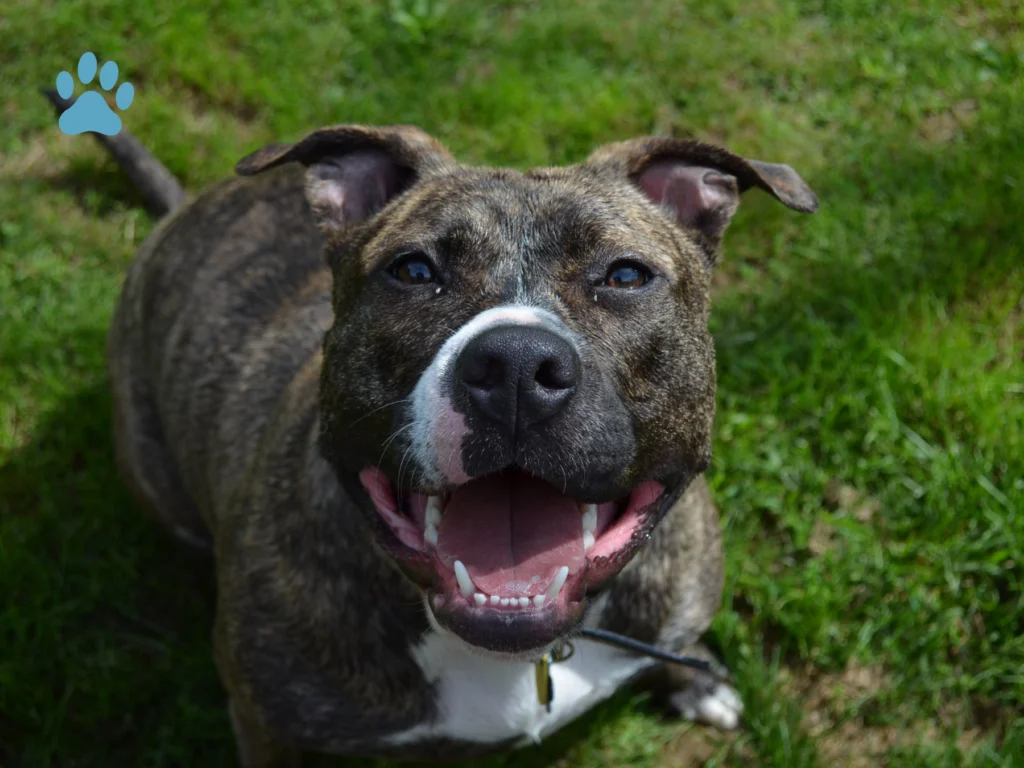
11. Razor Edge Pitbull: The Bodybuilder
- Traits: Massive head, laidback personality, prone to joint issues.
- Ownership Tip: Low-impact exercise only (swimming, slow walks).
- Diet Hack: Glucosamine supplements from puppyhood.
- Training Tip: Teach “gentle” early—their strength can overwhelm kids.
12. Xl Pitbull: The Towering Teddy Bear
- Traits: 23+ inches tall, gentle with kids, space-hogger.
- Ownership Tip: Train “off” command early—they’ll lap-sit at 100 lbs!
- Fun Fact: Some XLs work as PTSD service dogs due to their calming presence.
- Health Watch: Regular hip X-rays after age 3 to catch dysplasia early.
13. Pocket Pitbull: The Portable Protector
- Traits: Under 16” tall, big-dog confidence, adaptable.
- Ownership Tip: Socialize extensively—small size ≠ less responsibility.
- Training Crossroads: Perfect candidates for kennel training at night due to their den-loving nature.
- Myth Bust: Their compact build doesn’t reduce prey drive—still leash-train rigorously.
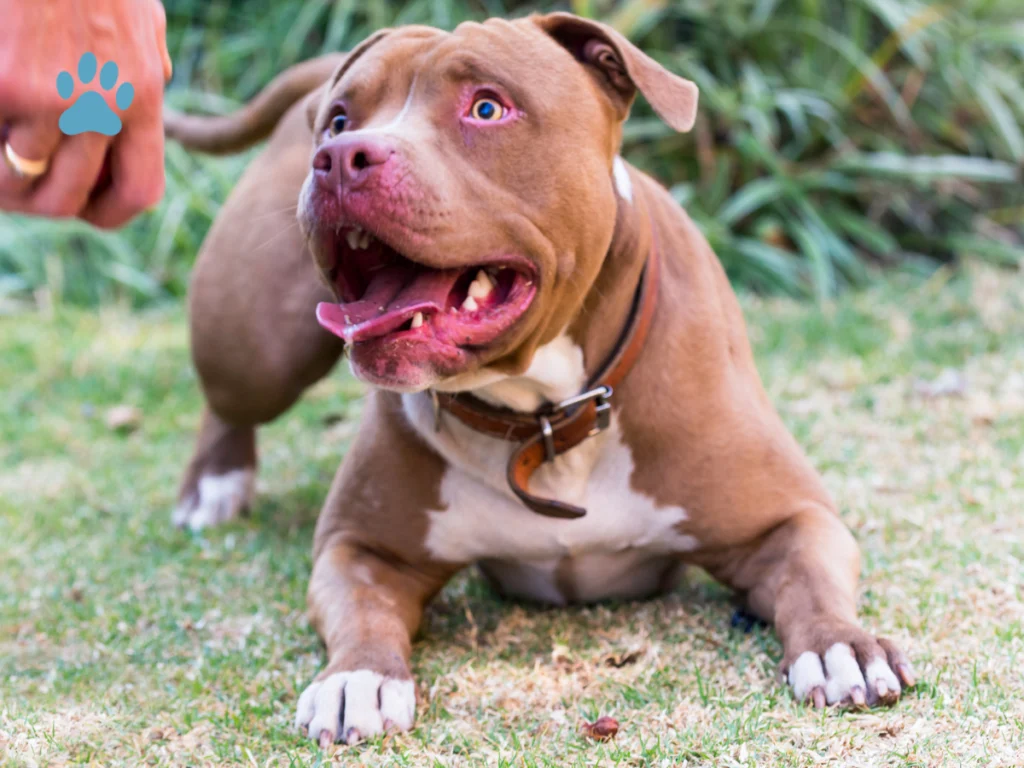
The Socialization Game-Changer
Early experiences shape pitbull behavior more than DNA. A study from The role of ownership in pit bull behavior found that dogs with positive exposure to strangers before 14 weeks were 86% less likely to develop fear-based aggression.
Your Action Plan:
- Introduce to 5+ new people weekly (varying ages/ethnicities).
- Arrange playdates with calm adult dogs.
- Expose to urban noises (trash trucks, sirens) during walks.
- Practice kennel training at night to build security.
Legalities: Navigating the BSL Minefield
34 U.S. cities enforce breed-specific laws (BSL) targeting pitbulls. Before falling for those soulful eyes:
- Check local ordinances (HomeInsurance.com’s BSL map helps).
- Invest in liability insurance.
- Train for CGC (Canine Good Citizen) certification—it’s legal armor.
Regional BSL Snapshot:
- Miami, FL: Total ban unless registered pre-1989.
- Denver, CO: Repealed in 2021 after 30 years—now requires microchipping.
- Ontario, Canada: Province-wide ban since 2005; fines up to $10,000.
Health & Lifespan: From Pups to Golden Years
| Breed | Avg. Lifespan | Common Issues | Preventive Care |
|---|---|---|---|
| American Pit Bull Terrier | 12-14 years | Hip dysplasia, mange | Joint supplements, medicated baths |
| American Bully | 10-12 years | Obesity, heart disease | Weight management, cardio checks |
| Staffordshire Bull Terrier | 12-14 years | Cataracts, L-2HGA | Annual eye exams, genetic testing |
Nutrition Essentials:
- Puppies: High-protein diet (28%+), 3 meals/day.
- Adults: Balanced omega-3/6 ratio for skin/coat health.
- Seniors: Low-phosphorus kibble to support kidneys.
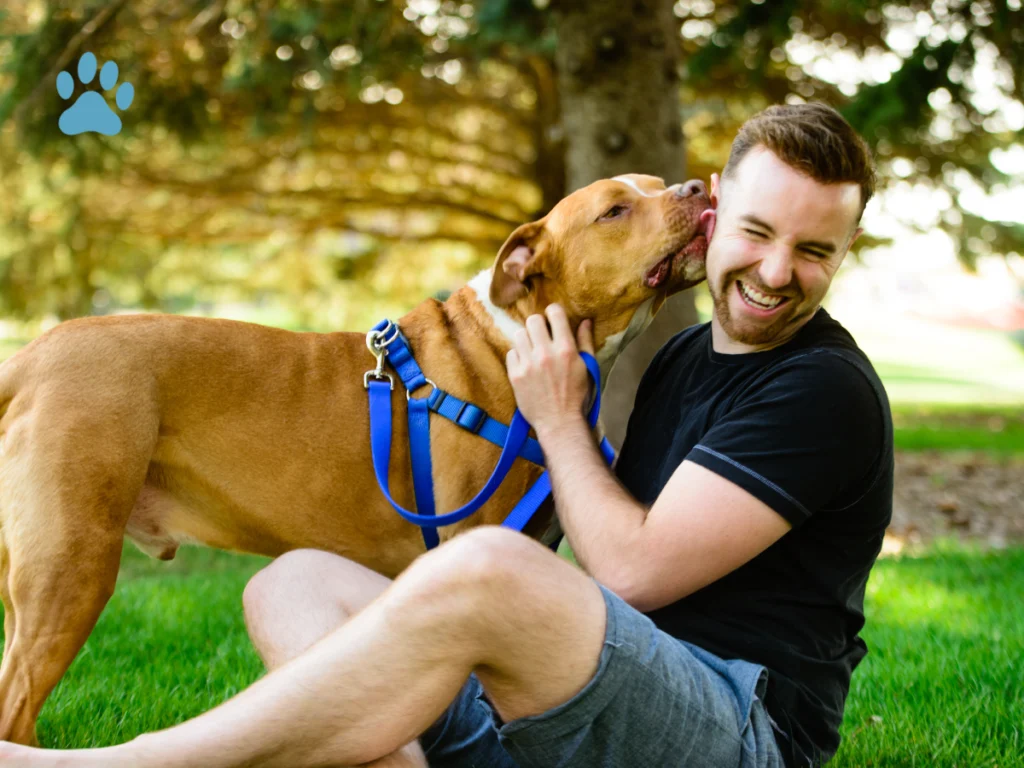
Training Techniques: Breed-Specific Strategies
Not all pitbulls learn the same way. Tailor your approach:
For High-Energy Types (e.g., American Pit Bull Terrier):
- 30-Minute Rule: Train in 5-minute bursts, 6x daily.
- Job Simulation: Hide treats for “search missions.”
For Low-Energy Types (e.g., American Bully):
- Food Motivation: Use lick mats for calm engagement.
- Short Walks: 15-minute strolls, 4x/day prevent joint stress.
For Guarding Breeds (e.g., Chamuco):
- Desensitization: Reward calm behavior during doorbell rings.
- “Watch Me” Command: Builds focus away from triggers.
FAQs: Your Pitbull Questions, Answered
Q: Are pitbulls naturally aggressive?
A: No. Studies show temperament depends more on upbringing than breed. Properly socialized pitbulls often score higher in stability than many small breeds.
Q: Can pitbulls live with other pets?
A: Yes, when introduced properly. Many thrive with cat siblings, especially if raised together.
Q: Why are pitbulls banned in some areas?
A: Misconceptions about their bite force (actually 235 PSI—less than German Shepherds’ 238 PSI) fuel outdated laws.
Q: Are pitbulls good for first-time owners?
A: Some types, like American Bullies, can be if you commit to training. Consider starting with easier-to-train breeds if unsure.
Q: How do I combat breed stigma?
A: Be an ambassador—train rigorously, use a harness labeled “Friendly,” and share positive stories.
Q: What’s the best home environment for a pitbull?
A: Secure yards for high-energy types; apartments work for bullies with daily mental stimulation.
Q: How much exercise do pitbulls need?
A: 60-90 minutes daily for terrier types; 30-45 minutes for bullies.
Your Next Step: Beyond the Stereotypes
From the pocket-sized cuddle bug to the athlete craving adventure, there’s a pitbull type waiting to prove their worth. These dogs don’t need saving—they need understanding. Will you be the one to rewrite their story?
Which of these 13 types surprised you most—and which could see yourself coming home to?



